Contact us for quotation
Let's have a chat
Let's have a chat
Understanding colour temperature is vital when setting the mood and purpose of your environment. It is essential to differentiate between colour temperatures, such as 2700K and 5000K, to make informed lighting decisions.
The primary distinction between 2700K and 5000K is the type of light they emit. A 2700K light produces a warm, yellowish glow that creates a cosy and intimate atmosphere, making it ideal for spaces where comfort is key. On the other hand, a 5000K light emits an excellent, bluish-white illumination that is better suited for areas requiring focused tasks or work, such as workspaces or task-oriented zones.
This article will provide a deeper understanding of the scientific aspects of colour temperature, offer a detailed comparison between 2700K and 5000K lights, and provide guidance to help you choose the most appropriate colour temperature for your specific needs.
The Kelvin Scale serves as a measurement system for characterizing the colour temperature of light. This scale commences at 0K, representing absolute zero, and extends infinitely without an upper boundary. Regarding lighting, colour temperatures commonly span from 1000K to 10,000 K.
Colour temperature refers to the colour properties of light and is quantified in degrees Kelvin (K). It signifies the tonal quality of a light source, spanning from cosy and warm (lower Kelvin values) to crisp and cool (higher Kelvin values).
The temperature of colour holds significant importance in lighting design, as it profoundly impacts the overall ambience of a space and the way objects appear in terms of colour and can even influence human mood and behaviour.

Colour temperature is derived from the principle of black body radiation. A black body is a theoretical object that absorbs all incoming light and releases radiation as it is heated. As the black body’s temperature rises, the colour of the emitted light transforms, transitioning from red to orange, yellow, white, and finally blue.
Various light sources possess distinct emission spectra, which govern their colour temperature. As an illustration, incandescent bulbs exhibit a continuous spectrum that closely mimics the curve of black body radiation, whereas fluorescent and LED lights feature more intricate spectra.
The appearance of illuminated objects is significantly influenced by colour temperature, which impacts colour rendering, contrast, and visual comfort. Additionally, colour temperature can affect human well-being by influencing mood, alertness, and sleep quality.
The 2700K light emits a gentle, yellowish-white hue that resembles the soft radiance of a classic incandescent bulb. It cultivates a warm and intimate ambience, fostering a sense of tranquillity and cosiness.
1. Regarding illuminating residential spaces, 2700K lighting is widely favoured, especially in living rooms, bedrooms, and dining areas. This particular temperature creates a cosy and welcoming atmosphere that enhances the ambience.
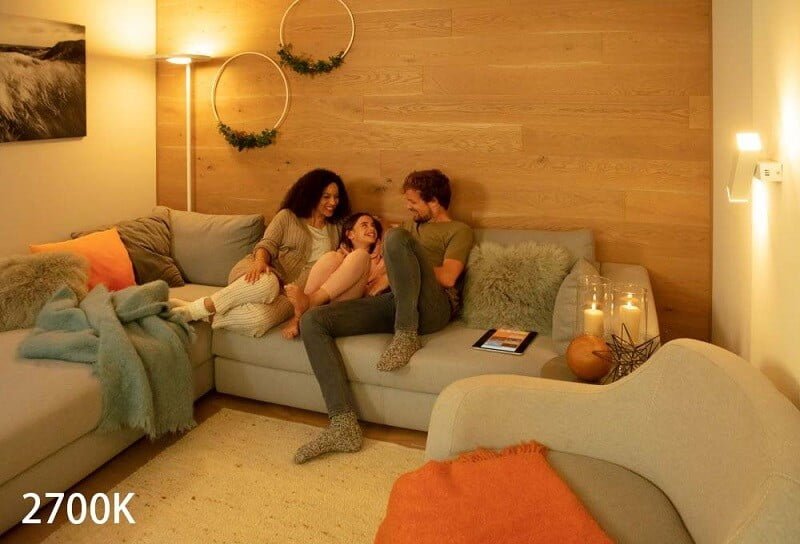
2. In the hospitality industry, such as hotels, restaurants, and bars, 2700K lighting is frequently employed to establish a warm and inviting ambience, ensuring a pleasant experience for patrons.
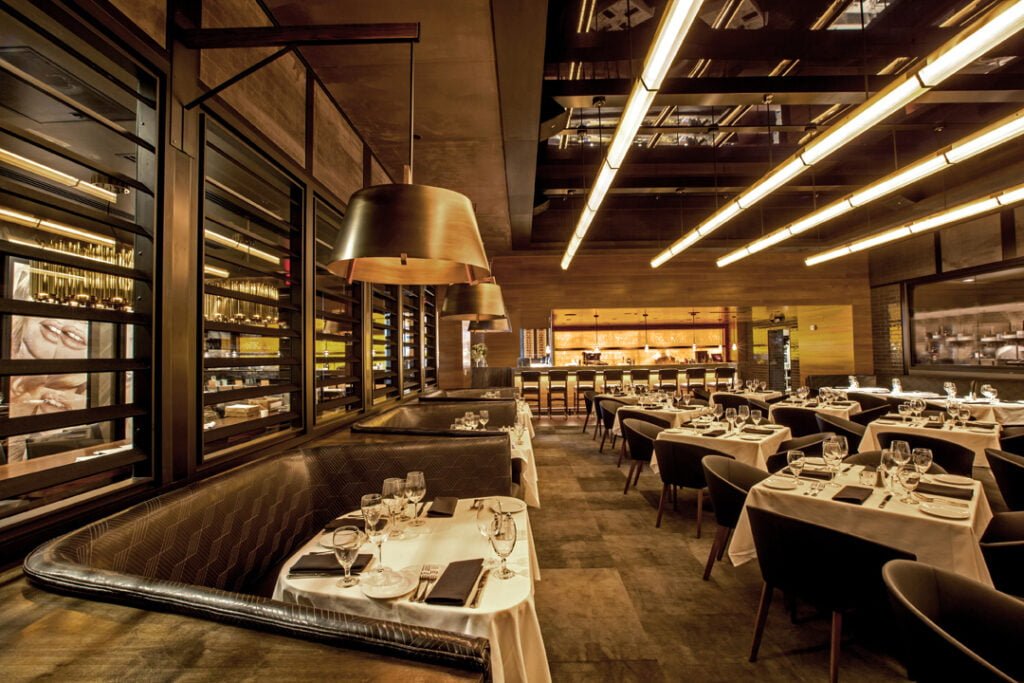
3. Art and museum galleries: benefit from using 2700K lighting, as it enhances the beauty of artworks, particularly those with warm tones, by offering a natural and flattering illumination.
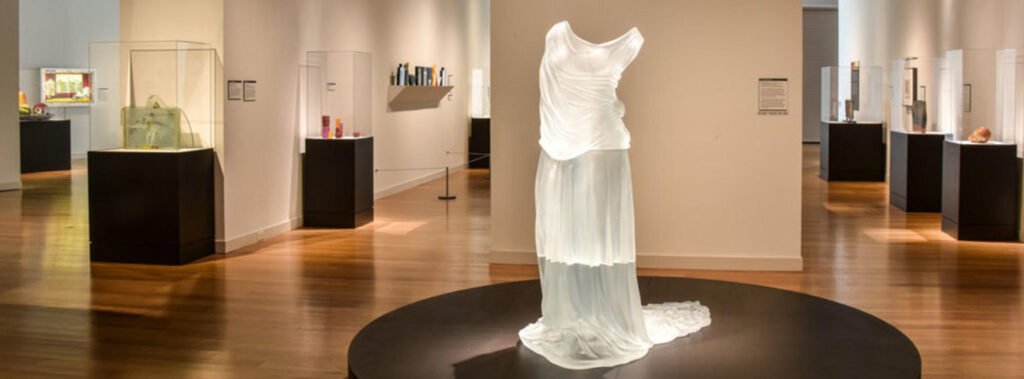
The light emitted by 5000K has a refreshing, bluish-white hue reminiscent of natural daylight. It is commonly associated with a heightened sense of brightness and vitality compared to lower colour temperatures.
1. Commercial spaces: including offices, retail stores, and various other business establishments, commonly employ 5000K lighting to foster a state of attentiveness and enhance productivity.
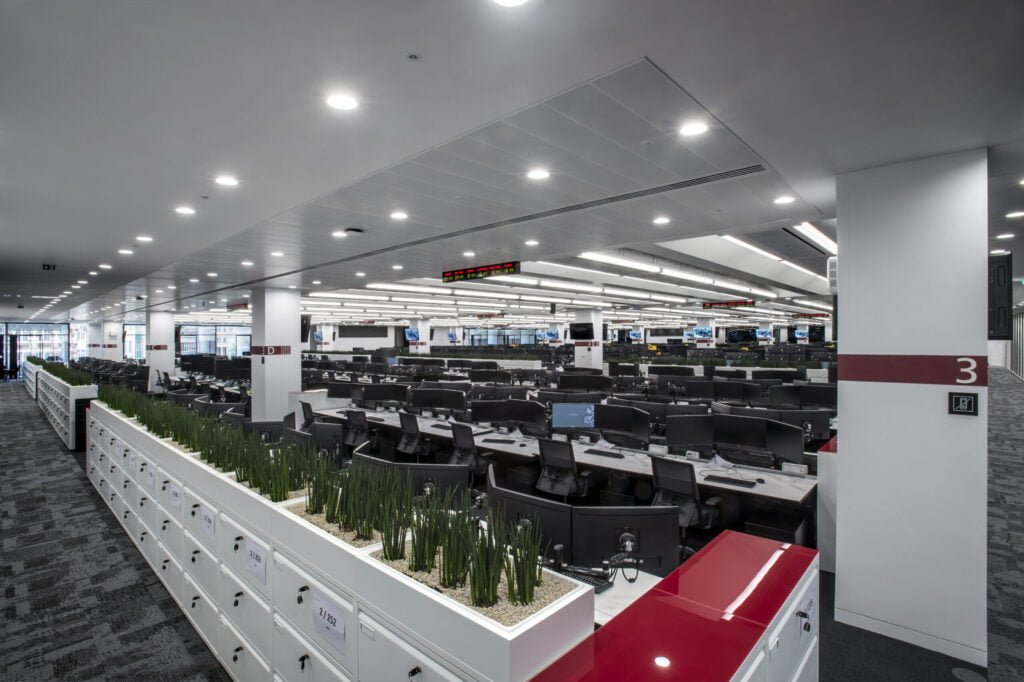
2. Outdoor lighting purposes: opting for a 5000K colour temperature is highly advantageous. This choice ensures exceptional visibility and closely emulates the brilliance of natural daylight.

3. Task lighting: When it comes to task lighting, nothing beats the brilliance and clarity of 5000K bulbs. These lights are perfect for illuminating workspaces, kitchens, and garages, providing an optimal environment for detailed tasks that demand exceptional visibility.
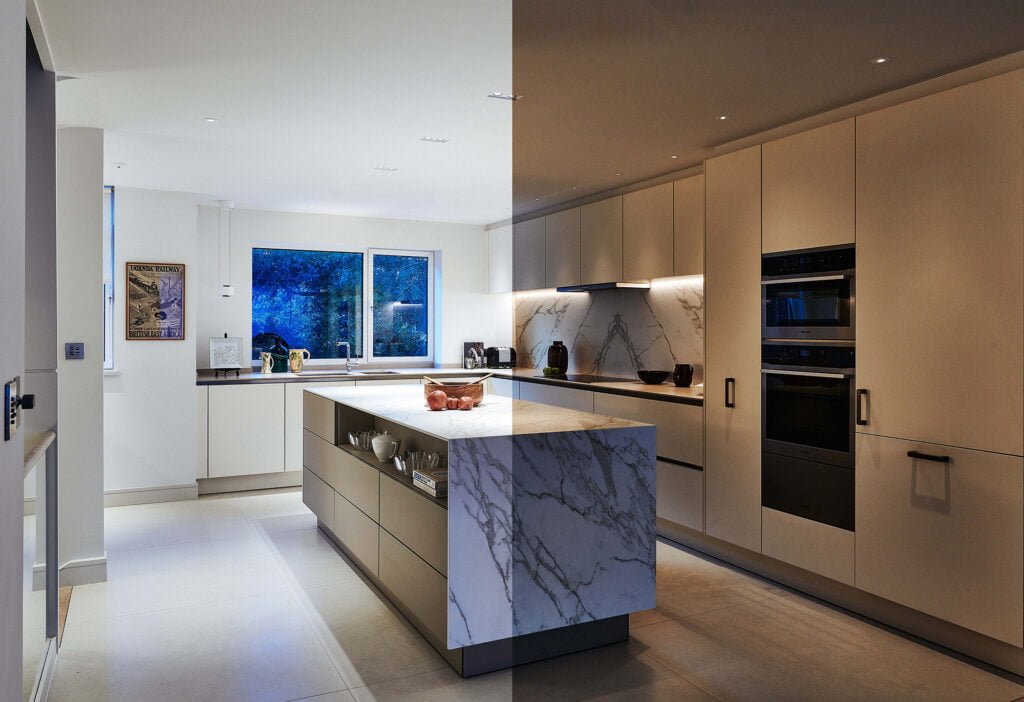
To gain insight into the distinct qualities of 2700K and 5000K and their effects on different aspects of your surroundings, it is crucial to comprehend them. The following table presents a concise juxtaposition between these two colour temperatures:
| Aspect | 2700K (Warm White) | 5000K (Cool White) |
| Appearance | Yellowish, warm light | Bluish-white, cool light |
| Ambience | Cosy, intimate, and inviting | Bright, crisp, and energizing |
| Ideal Applications | Residential lighting, hospitality, and art galleries | Commercial spaces, outdoor lighting, and task lighting |
| Psychological Effects | Calming, relaxing, and comfortable | Stimulating, alertness, and productivity |
| Energy Efficiency | Slightly lower efficiency | Slightly higher efficiency |
Gaining insight into the variances between 2700K and 5000K can assist you in selecting the ideal colour temperature to meet your specific lighting requirements and establish the intended ambience within your surroundings.
The primary distinction between 2700K and 5000K light is their colour appearance. The 2700K light emits a warm, yellowish-white glow, while the 5000K light produces a calm, bluish-white hue. These two options depend on a particular space’s desired ambience and visual impact.
There is generally no significant disparity between 2700K and 5000K LED bulbs regarding energy efficiency. However, due to the perception that 5000K light appears brighter, achieving the same level of illumination may be possible using fewer or lower-wattage bulbs.
The colour temperature of light can influence mood and behaviour. The 2700K light promotes relaxation and comfort, making it suitable for living spaces and bedrooms. On the other hand, the 5000K light stimulates alertness and enhances focus, making it ideal for work environments and task-oriented lighting.
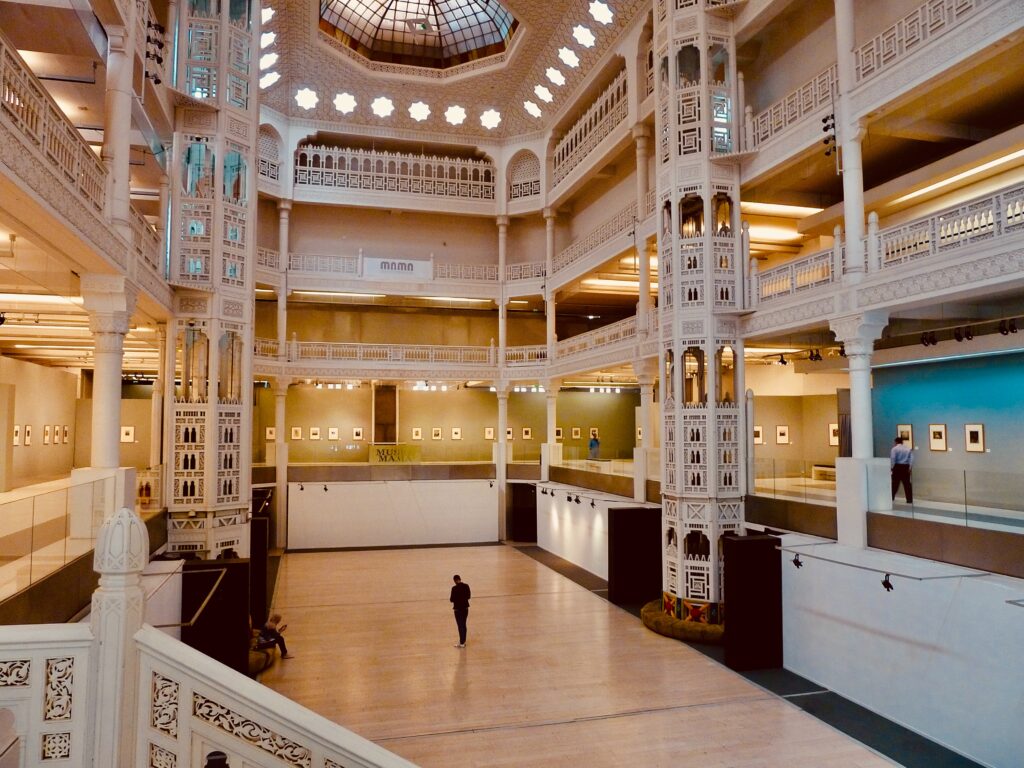
Determining the perfect colour temperature relies on the unique demands and preferences of the area. Consider the room’s purpose, the desired ambience, and any activities that necessitate ideal lighting conditions.
If you have a larger space, it is advisable to opt for cooler and brighter lighting (5000K) to ensure uniform illumination. On the other hand, smaller rooms tend to create a cosier ambience with warmer lighting (2700K).
Consider how the colour temperature of your lighting will harmonize with the colours present in your space. Warm lighting (2700K) complements interiors with warm tones, while excellent lighting (5000K) works well with more relaxed colour schemes.
Please select a colour temperature that aligns with the primary activities in the room, whether it is relaxation, concentration, or visibility.
Combining the 2700K and 5000K lighting can yield a captivating and dynamic atmosphere, catering to diverse needs and personal preferences. For an excellent option, consider the MyLiKeLED tunable white LED strip.
By employing layered lighting techniques, encompassing ambient, task, and accent lighting, you can incorporate varying colour temperatures for different objectives. For instance, use 2700K for ambient lighting in a home office and 5000K for task lighting.
While mixing colour temperatures, it’s essential to be mindful of potential issues like colour clashing and uneven illumination. Ensure the combination of colour temperatures is visually harmonious and effectively serves its intended purpose.
LED lighting offers many advantages, including high energy efficiency, an extended lifespan, and minimal heat emission. Additionally, they provide diverse colour temperatures, making it effortless to discover the ideal lighting solution to suit your requirements.
Tunable white LEDs allow you to modify the colour temperature of your lighting, delivering enhanced flexibility and personalization. This technology proves especially valuable in spaces where lighting demands vary throughout the day or according to the specific activity.
When choosing an LED bulb, it is essential to consider factors such as colour temperature, brightness measured in lumens, and compatibility with your existing fixtures. Opt for bulbs featuring a high colour rendering index (CRI) to ensure precise colour reproduction.
To create the perfect lighting atmosphere in your space, it is essential to understand the distinctions between 2700K and 5000K colour temperatures. When choosing these colour temperatures, take into consideration of ambience, functionality, and personal preferences.
The impact of proper lighting extends beyond the aesthetics of your space; it also affects your overall well-being and productivity. You can enhance your environment and create a more enjoyable experience by selecting the appropriate colour temperature according to your requirements.
Don’t hesitate to experiment with various colour temperatures and lighting techniques to discover the ideal balance for your space. Combining 2700K and 5000K lighting, utilizing tunable white LED technology, and layering different colour temperatures can assist you in creating a dynamic and personalized lighting solution that suits your unique needs and preferences.
MyLiKeLED, a prominent LED strip manufacturer based in China, offers a wide selection of high-quality LED lighting products, including options with different colour temperatures to meet diverse requirements. By collaborating with MyLiKeLED, you can benefit from their expertise and experience in developing the perfect lighting solution for your space. Reach out to MyLiKeLED without hesitation to discuss your lighting needs and explore their possibilities.
We understand that every project is unique. That’s why we offer tailored LED strip solutions to meet your specific requirements.
Copyright © 2024 – My Like Led All rights reserved.
Let's have a chat